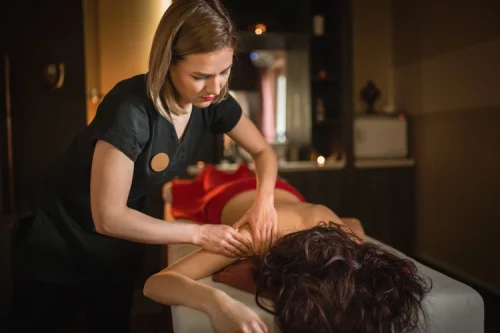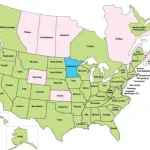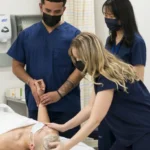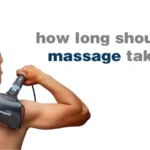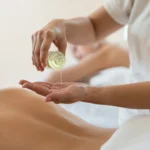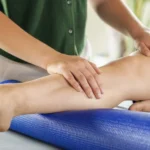Thinking about starting a massage school? You’re in the right place.
Whether you’re a seasoned massage therapist or a business-minded entrepreneur, opening a massage school is a rewarding way to share knowledge, shape future professionals, and grow a meaningful business.
This guide breaks down the exact steps you’ll need to take—from planning and licensing to choosing a location and attracting your first students.
You’ll learn:
✅ What to include in your business plan
✅ How to meet licensing and accreditation requirements
✅ Tips for hiring instructors and creating a curriculum
✅ What to look for in a school location
✅ How to market your school and enroll students
Let’s walk through the full process and get your massage school off the ground—professionally, legally, and successfully.
Table of Contents
📖 Research and Key Considerations Before You Open

Starting a massage school isn’t just about having the passion—it’s about making sure you’re legally ready, financially prepared, and meeting a real need in your area. Here’s where to start:
📍 Local Regulations
Before anything else, check the rules in your area.
Regulations vary by state and country. Some places require board approvals, specific facility standards, or teacher certifications. Others may have different requirements for curriculum hours or school licensing.
✔️ Contact your local massage board or department of education
✔️ Look up licensing requirements for private vocational schools
✔️ Understand zoning laws for school facilities
You don’t want to invest time or money until you know what’s legally required.
✅ Licensing and Certification
To operate legally, you’ll need to register and license your school.
This usually involves:
📝 Submitting an application to your state or regional education authority
📚 Providing your proposed curriculum
👩🏫 Listing your instructors and their qualifications
📄 Meeting health, safety, and facility requirements
📈 Proving financial stability
Also, check whether your graduates will be eligible to sit for national exams (like the MBLEx in the U.S.) based on your program.
📊 Market Research
You’re not just opening a school—you’re launching a business. So before you commit, take time to study the local landscape.
Look into:
🔍 Demand: Are massage services popular in your area? Are wellness jobs growing locally?
🏫 Competition: Are there other massage schools nearby? What do they offer, and how can you stand out?
🎯 Target Audience: Who do you want to attract—career changers, high school grads, spa professionals?
💰 Costs: Consider rent, staffing, insurance, and marketing. What will it take to break even?
A well-informed plan saves money—and helps you build a school that truly serves your community.
📖 Building Your Business Plan

Before you open your doors, you need a solid plan. A well-written business plan not only helps you stay focused—it’s also essential if you’re applying for loans, grants, or attracting investors.
Here’s what to include:
🎯 Setting Goals
Your business plan should clearly outline:
- What your massage school will offer (programs, certifications, continuing education, etc.)
- Who you’re targeting (students, career changers, wellness professionals)
- How you plan to attract and retain students (marketing strategy)
- Your 1-year, 3-year, and 5-year goals (enrollment targets, growth, revenue)
Think of it as your roadmap—from idea to impact.
💸 Financing
Opening a massage school takes an upfront investment. You’ll need to cover costs like rent, equipment, licensing fees, and staff salaries before your first student ever walks in the door.
Common funding options:
- Small business loans
- Private investors or partners
- Education-focused grants
- Personal savings or family investment
Before accepting any funding, be sure to:
✔️ Understand the terms
✔️ Forecast your break-even point
✔️ Include repayment or equity-sharing plans in your financials
🏢 Business Structure
Choose a legal business structure that fits your school’s size and goals. Common options include:
- Sole proprietorship – Simple, but offers no liability protection
- Partnership – Shared ownership and risk
- LLC (Limited Liability Company) – Popular for small schools; protects your personal assets
- Corporation – More complex, but good for scaling or seeking investors
You’ll also need:
✔️ An EIN (Employer Identification Number)
✔️ A business license
✔️ A separate business bank account
📍 Location and Facility
Where you open your school matters. You’ll want a space that’s easy to reach, welcoming, and large enough to support your programs.
Your ideal facility should include:
🏫 Classrooms for lectures and training
💆 Massage tables and practice areas
🪑 A waiting area or reception desk
🚗 Adequate parking or access to public transportation
🧼 Clean restrooms and break space for students
Bonus: Consider accessibility for students with disabilities and future expansion potential.
📖 Staffing Your Massage School
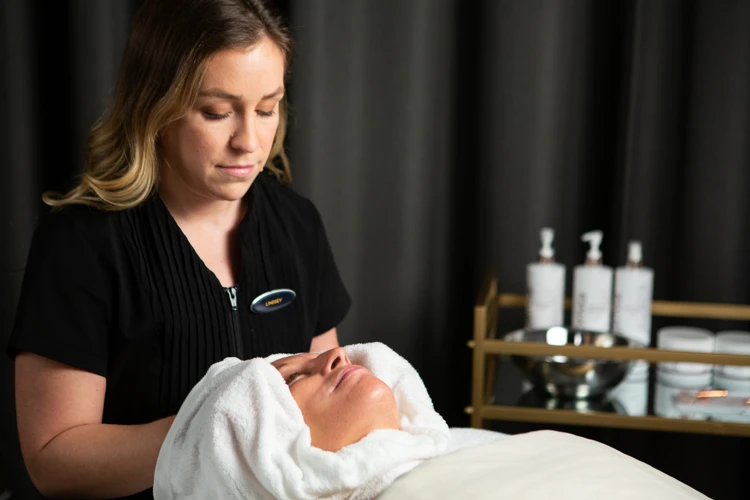
The people you hire will shape the quality and reputation of your school—so it’s worth investing time into finding the right team.
🧑🏫 Hiring Qualified Professionals
Start by identifying the key roles you’ll need to fill. At a minimum, most massage schools require:
- Licensed massage instructors
- Experienced massage therapists (for demos or supervision)
- Administrative staff (reception, enrollment, finance)
- Janitorial or maintenance support
Once you’ve identified your needs:
- ✍️ Write clear job descriptions
Outline duties, hours, required credentials, and any state-specific certifications or teaching experience needed. - 📢 Post the listings
Use job boards, LinkedIn, local massage therapy groups, trade schools, and social media. - 📄 Review applications carefully
Look for both credentials and teaching or mentoring experience—especially in your instructors. - 🎙️ Interview top candidates
Ask about teaching style, communication skills, and comfort working with diverse student backgrounds. - ✅ Make thoughtful hires
Aim to build a team that’s professional, supportive, and aligned with your school’s values.
A strong staff doesn’t just run your school—they help create the learning environment that keeps students engaged and coming back.
📖 Essential Equipment for Your Massage School
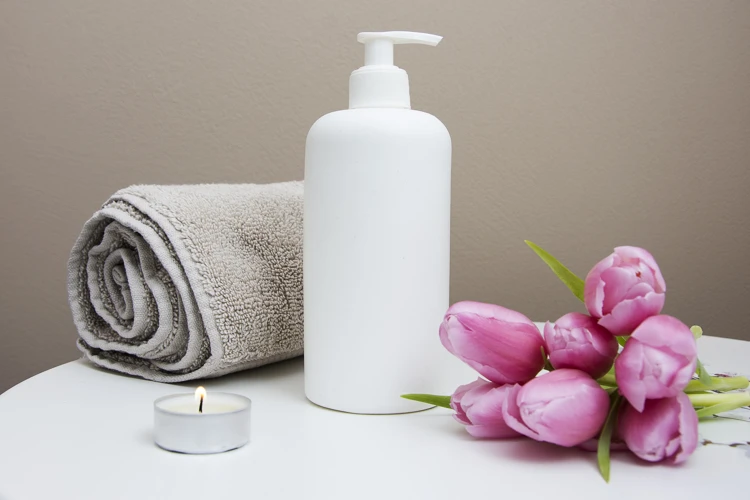
To run a successful massage school, you’ll need more than just classroom space—you’ll need to create a fully equipped, professional training environment.
Here’s what to include:
💆 Massage Tables
These are the core of every hands-on training session. Invest in high-quality, adjustable tables that offer both durability and comfort.
🪑 Massage Chairs
Useful for practicing chair massage techniques and giving students experience in different settings like corporate wellness or events.
🪔 Oils, Lotions, and Creams
Stock a variety of skin-safe products for training. Look for unscented, hypoallergenic options for students and models with sensitivities.
🧺 Linens, Sheets, and Towels
You’ll need enough to rotate through multiple classes. Include face cradle covers, full-length sheets, and hand towels. Choose machine-washable, durable fabrics.
🔥 Heating Pads
Help students learn how to warm up muscles and offer client comfort. These are essential tools for real-world practice.
🪑 Stools and Classroom Furniture
Provide instructors and students with ergonomic stools for demonstrations. You’ll also need desks or chairs for theory classes and note-taking.
📦 Storage Space
Have organized storage for oils, linens, student kits, and classroom materials. Keeping things clean and clutter-free helps maintain a professional feel.
📖 Promoting Your Massage School

Once your massage school is ready to open, you’ll need a solid promotion strategy to attract students and build your reputation. Focus on both online marketing and local networking to create strong, lasting visibility.
📣 Advertising Your School
Start by building a strong digital presence.
🌐 Create a professional website
Include your course offerings, tuition info, instructor bios, and an easy way to apply or schedule a tour.
🔍 Use SEO techniques
Optimize your site for keywords like “massage school near me,” “massage certification,” or “become a massage therapist” to make it easy to find online.
📱 Leverage social media
Share class photos, student stories, upcoming events, and behind-the-scenes content on platforms like Instagram, Facebook, and TikTok.
📧 Start an email list
Use email marketing to stay in touch with prospective students, send application reminders, and announce new courses or open houses.
🎯 Run targeted ads
Consider Google Ads or social media ads focused on people interested in wellness careers in your area.
🤝 Networking and Community Outreach
Building local relationships is just as important as online visibility.
🏫 Connect with other massage schools
Collaborate, learn from each other, and stay updated on industry standards.
📍 Attend local events
Health fairs, business expos, and wellness workshops are great opportunities to meet future students and industry pros.
📢 Talk to massage therapists and spas
They might refer people interested in entering the field—or become guest instructors at your school.
👥 Partner with career centers or high schools
Offer info sessions or intro workshops for students interested in health and wellness careers.
Strong relationships lead to referrals—and referrals build trust.
📖 Student Enrollment

📖 Student Enrollment
Bringing students into your program—and setting them up for success—starts with a clear enrollment process and a strong training experience.
📝 Application Process
Make it easy for prospective students to understand what your program offers and how to apply.
Your application process should include:
📚 Program overview – What courses are offered, how long the program lasts, and what certifications students will earn.
✅ Admission requirements – Minimum age, education level, background checks, and health requirements, if any.
💵 Tuition and fees – Include full cost breakdowns, payment plans, financial aid (if available), and refund policies.
📄 Application forms – Clearly list what paperwork is required (ID, transcripts, references) and provide downloadable or online forms for easy access.
⏱️ Deadlines and timelines – Let applicants know when classes start, when applications are due, and how long the review process takes.
A well-organized application experience builds confidence and makes your school more appealing to serious students.
📖 Student Training Experience
Once enrolled, students should receive a well-rounded education that prepares them for licensure, real-world practice, and long-term career success.
Your training program should include:
🏫 Classroom instruction – Cover anatomy, physiology, ethics, client communication, business basics, and licensing exam prep.
💆 Hands-on practice – Provide plenty of supervised time to develop technical skills using massage tables and real clients.
👩🏫 Individual support – Offer feedback and mentorship tailored to each student’s learning style and pace.
📈 Professional development – Include resume workshops, mock interviews, career guidance, and connections with local employers or wellness centers.
🎓 Graduation readiness – Make sure students understand next steps: licensing exams, certification, and career paths.
A strong student experience not only helps with outcomes—it builds word-of-mouth referrals, reputation, and retention.
📖 Operating Procedures
Running a massage school requires organized systems to keep things running smoothly—for both students and clients. Here are two key areas to plan for:
📅 Scheduling
You’ll need a reliable way to manage appointments for student clinics, instructor demos, and classroom sessions.
Here’s what to consider:
📲 Set up a scheduling system that works for your team and your students—whether that’s an online platform, calendar software, or a manual log.
📞 Send appointment confirmations via phone, email, or text message.
⏰ Decide when to send reminders (usually 24–48 hours before the session).
⚙️ Consider using automated scheduling tools like Calendly, Acuity, or Mindbody to save time and reduce no-shows.
Reliable communication helps create a professional experience for your students and the clients they serve during training.
💳 Payment Systems
Whether it’s tuition, workshop fees, or clinic payments, you’ll need a clear process for collecting money.
Here’s what to set up:
💵 Decide what forms of payment you’ll accept—cash, credit cards, checks, online payments, or a mix.
🏦 Open a business bank account and sign up for a merchant account to process card payments.
💻 Consider using platforms like Square, Stripe, or QuickBooks for easy invoicing and tracking.
🧾 Provide receipts and maintain clear financial records for taxes, audits, and transparency.
The more streamlined your payment process, the easier it is to stay focused on teaching and growing your program.
📖 Frequently Asked Questions
🗂️ What licenses and permits are needed to open a massage school?
Licensing requirements vary by state, but here are the most common:
- Business License – Register your school as a legal business with the city or county.
- Massage Therapist License – Instructors may need valid massage therapy licenses.
- School License – Many states require approval from the state board of education to operate as a private school.
- Health Department Permit – Needed to ensure your facility meets sanitation standards.
- Fire Department Permit – Verifies your space meets fire safety codes.
- Building Permits – Required for renovations, signage, or structural changes to your facility.
Contact your local government offices or visit your state board’s website to get the full list of requirements for your location.
🧰 What type of equipment is necessary to open a massage school?
Here’s a basic list of what you’ll need:
- Massage Tables – Choose adjustable, professional-grade tables for training.
- Massage Supplies – Stock oils, lotions, towels, sheets, and blankets.
- Massage Chairs – Useful for chair massage techniques and community outreach.
- Computer Equipment – Set up admin systems, manage student records, and run your website.
- Furniture – Desks and chairs for classrooms and office staff.
- Audio/Visual Equipment – Projectors or screens for teaching anatomy, technique demos, and lectures.
Make sure you have enough to support your first student cohort—and room to grow.
👩🏫 What qualifications must instructors have to teach in a massage school?
Instructor requirements vary by state, but generally include:
- Massage Therapist Certification – A current state license is usually mandatory.
- Professional Experience – Most instructors should have several years of hands-on practice.
- Educational Background – A degree or diploma in massage therapy or a related health field.
- Teaching Credentials – Some states require formal teaching certification.
- Background Checks – Instructors must pass a criminal background check and may need additional clearances.
Be sure to check your state’s regulations for specific requirements.
💰 How much money is needed to open a massage school?
Startup costs depend on location, size, and scope, but here’s a general range:
- Low end: $50,000 (small, simple facility with minimal staff)
- Mid-range: $100,000–$150,000 (standard setup with staff, marketing, and licensing)
- High end: $200,000–$250,000+ (large space, full staff, high-end equipment, and multiple programs)
This includes rent, renovations, equipment, licensing, insurance, payroll, and marketing expenses.
🛡️ What type of insurance is necessary for a massage school?
Having proper insurance coverage is essential to protect your school, staff, and students. You’ll likely need:
- General Liability Insurance – Covers property damage or injuries on-site.
- Property Insurance – Protects your equipment, furniture, and facility.
- Professional Liability Insurance – Also called malpractice insurance; protects against claims related to instruction or practice.
- Workers’ Compensation Insurance – Required in most states if you have employees.
- Student Liability Insurance – Optional, but a good idea to cover students working with the public.
Speak with an insurance broker who specializes in education or wellness businesses to find the best fit.
📖 Conclusion
Opening a massage school takes planning, effort, and a clear vision—but it’s absolutely doable with the right approach.
From navigating licensing requirements and hiring instructors to setting up your facility and attracting students, each step plays a role in building something meaningful and lasting.
Success doesn’t come overnight, but if you stay organized, understand your local regulations, and stay focused on quality education, you’ll be well on your way to launching a school that makes a real impact.
With the right tools, support, and mindset, you can build a massage school that’s both rewarding and sustainable.
Good luck—you’ve got this.
Also Read:
- Massage License Requirements by State: Where You Need Certification
- How to Get Certified as a Massage Therapist: Requirements & Career Guide
- How to Get More Massage Clients: Proven Strategies for Growing Your Massage Business
References
- Family and Youth Services Bureau: Title IV-E Program Fact Sheet
- National Board for Certification in Occupational Therapy: Accreditation
- U.S. Department of Labor: Apprenticeship

